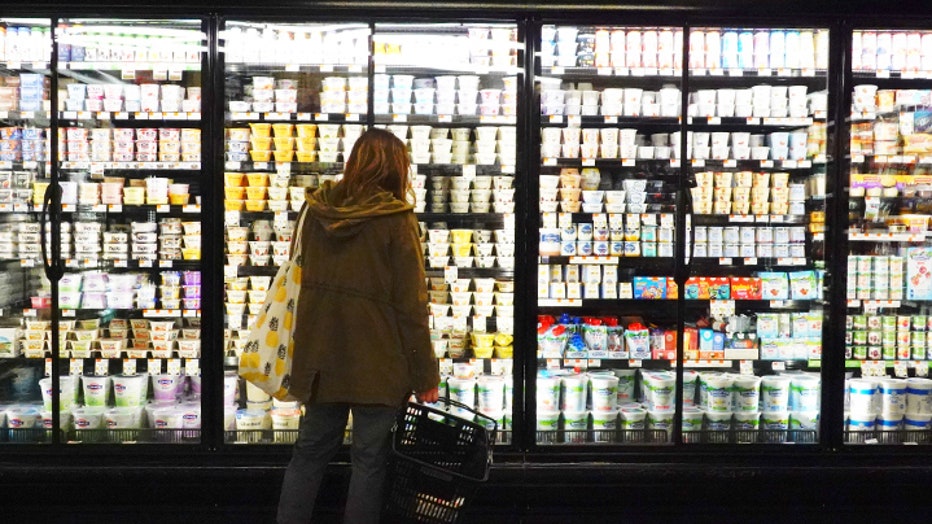These US cities have the biggest inflation problems, study finds
The U.S. inflation rate hit a 40-year high following the COVID-19 pandemic and still continues to impact many Americans across the country.
To determine how inflation is impacting people in different cities, WalletHub compared 23 major metropolitan areas across two key metrics related to the Consumer Price Index (CPI), which measures inflation.
The personal finance company compared the CPI to different timeframes to get a snapshot of how inflation has changed in the short and long term for the cities studied.
"Rising housing and natural gas prices accounted for 70% of the 3.4% increase in the latest monthly CPI report," David Skidmore, a professor of Drake University, said in a statement. "Older homeowners who have mortgages locked in at low fixed rates are staying put, with the result that fewer homes are available for younger homebuyers to enter the market. This, along with sluggish new home construction, has pushed up home prices. Rents have risen to match."

FILE: A person shops for groceries at Lincoln Market in Brooklyn, New York. (Credit: Michael M. Santiago/Getty Images)
Cities with biggest inflation problems
- Detroit-Warren-Dearborn, MI
- Dallas-Fort Worth-Arlington, Texas
- Urban Honolulu, Hawaii
- San Francisco-Oakland-Hayward, California
- Seattle-Tacoma-Bellevue, Washington
- Anchorage, Arkansas
- Miami-Fort Lauderdale-West Palm Beach, Florida
- St. Louis, Missouri
- New York-Newark-Jersey City, New York, New Jersey
- Philadelphia-Camden-Wilmington, Pennsylvania, Maryland, Delaware
- Phoenix-Mesa-Scottsdale, Arizona
- Los Angeles-Long Beach-Anaheim, California
- Boston-Cambridge-Newton, Massachusetts, New Hampshire
- Riverside-San Bernadio-Ontario, California
- Chicago-Naperville-Elgin, Illinois
Inflation remains high
High inflation continues to plague the economy, leading to the Federal Reserve announcing last month that it doesn’t plan to cut interest rates until it has "greater confidence" that price increases are slowing sustainably to its 2% target.
This means products and services continue to remain evaluated for many Americans.
A new report revealed that child care costs are now rising at twice the rate of inflation. Meanwhile, a Wall Street Journal report published last month said chains like Starbucks, Wendy's and McDonald's are also feeling the pinch as consumers drift away from their products.
RELATED: These are the brands consumers are avoiding as inflation remains high
Items that sit on store shelves are also reportedly hanging around a bit longer than they might have before the COVID-19 pandemic, as some of their loyal buyers have reached their breaking point and refuse to dish out any more of their paycheck toward yet another cumbersome grocery bill.
In fact, more than a quarter of Americans have resorted to skipping meals to avoid paying inflated grocery store prices, according to a new survey.
This story was reported from Los Angeles.

